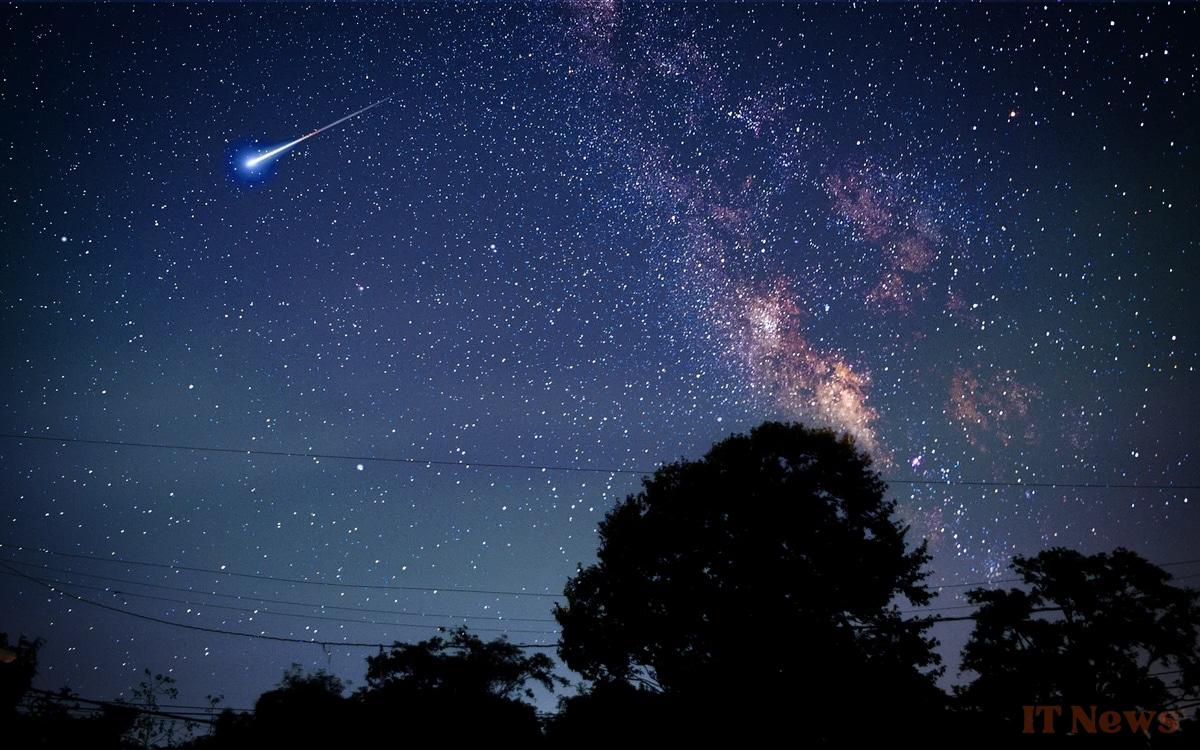A rare celestial spectacle is visible to the naked eye on the night of May 5-6. Just look up to see dozens of shooting stars per hour. This meteor shower returns every year and reaches its peak this week.
Every year, certain nights offer a fascinating natural spectacle: meteor showers. These events, caused by Earth's passage through areas rich in cosmic debris, can produce dozens of luminous trails in a few hours. Among the most anticipated is the Eta Aquarids shower, visible at the beginning of May. This phenomenon is comparable to the famous Perseids of the summer, but with a particularity: it is linked to Halley's Comet, one of the most famous celestial objects in history.
The peak activity of the Eta Aquarids is expected on the night of May 5 to 6, 2025. According to NASA, up to 50 meteors per hour can be observed under optimal conditions, mainly from the southern hemisphere. In the northern hemisphere, around dozen shooting stars per hour will still be visible, particularly before dawn, when the constellation Aquarius—from which they appear to originate—rises in the east.
Up to 50 shooting stars per hour expected in the sky on the night of May 5-6
The debris that caused this shower comes from the famous Halley's Comet. Crossing the Earth's atmosphere at nearly 65 km per second, these particles produce magnificent luminous trails, sometimes called "fireballs" when they are particularly bright. The Eta Aquarids are also known for their persistent trails that can remain visible in the sky for a few seconds. Note that while these shooting stars are linked to a comet, the majority of real meteorites that reach Earth come, according to one study, from three groups of asteroids located in the main belt between Mars and Jupiter: Karin, Koronis, and Massalia. Specialists recommend not focusing solely on the constellation Aquarius, but rather looking a little higher in the sky, where it is darkest. A clear night, far from the city lights, will be enough to enjoy the spectacle with the naked eye. The rain began on April 20, but it will be the most intense on the night of May 5-6. It's best to get up early or stay up late if you don't want to miss this rare moment.




0 Comments